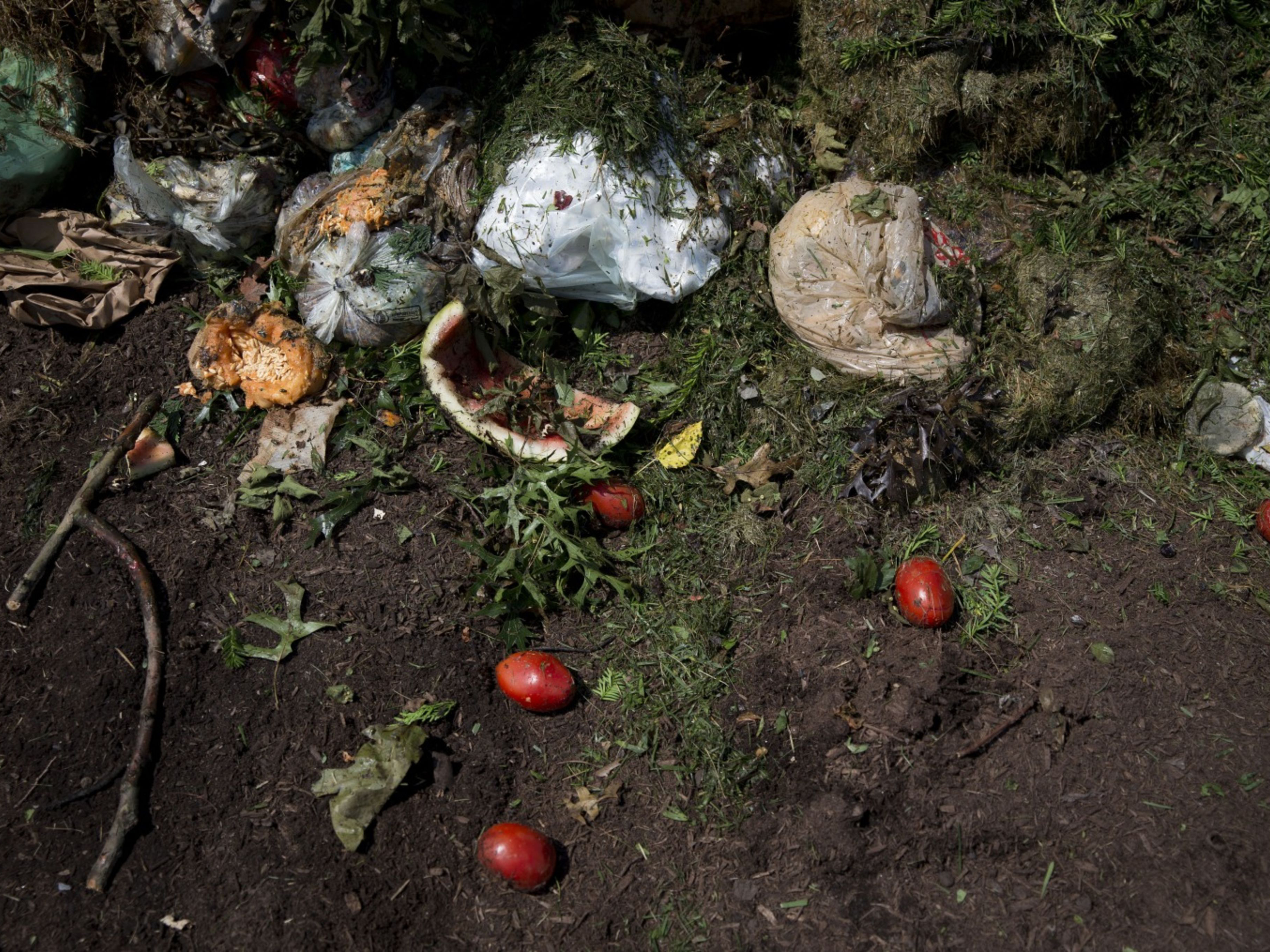
Think Tank
How Transparency Will Elevate the Post-Pandemic Food Supply Chain

Of all industries subjected to shocks from the global pandemic, few were shaken as severely as the food sector. Farms destroyed millions of pounds of fresh goods they could no longer sell, while meat plants fought to stay open as ailing workers stayed home. Grocery demand shot up, food service businesses plummeted, and logistical flexibility under immense pressure was the only route to survival.
As they often do, extraordinary circumstances forced the adoption of methods and technology to respond to the moment. Now, there’s an opportunity to build upon that knowledge to improve food supply chain logistics and planning with a future-proofing mindset. Here's how.
Risk identification and mitigation. Insights gained through greater visibility are far more reliable and able to inform better decisions and actions. With upstream manufacturing activities more trackable than ever before, supply chain managers are under increasing pressure to mitigate risks before they negatively impact the flow of product. Transparency allows for identifying and prioritizing potential risks, bridging information gaps and using insights to monitor changes going forward.
Whole-view decision making. In order to orchestrate well-informed, data-supported decisions, supply chain managers need to have a clear, end-to-end view of the entities and capabilities within the system. Siloed organizations produce fragmented decisions that may or may not benefit the overall objective. By leaning on full chain transparency, companies can incorporate processes that support decision-making based on total impact across all functions. By additionally incorporating a digital technology platform to track and store data-driven insights, food supply chain leaders can further refine strategies based on detailed historical information on key governance factors.
Pinpoint traceability. The response to a supply chain disruption relies on the ability to identify its source as quickly as possible. Only through expeditious action can a company avoid tremendous waste, financial loss or reputational harm. End-to-end transparency allows this sort of granular monitoring from the source all the way through to consumer or business customer, ensuring pinpoint accuracy in diagnosing an issue, and stopping or reversing flow only where necessary.
Equitable experience. While at its core the supply chain model was designed for cost and process efficiency, higher customer expectations are challenging that norm. Retailers and consumers today have more visibility into the obstacles inherent in the system. They’ve felt the downstream effects of the uncertainty perpetuated by a logistical structure in which organizations have remained largely siloed. By creating a transparent connected system from source to customer, the perceived trade-off between cost-effectiveness and outcome expectation is eliminated, with real-time response and improvements resulting in both business efficiency and improved customer experience.
Investment justification. More companies than ever before are planning to develop capabilities for a digital supply chain ecosystem. In a recent study, 23% of supply chain leaders surveyed said they expect to have a digital ecosystem by 2025, up from only 1% today. At a time when new digital technologies are being integrated at top speed, increased visibility across the full course of functionality allows for accurate assessment of those changes. Using data gathered with a transparent view of end-to-end logistics, food supply chain managers are better positioned to advocate internally for investments in platforms such as blockchain technologies, which will become essential to digital transformation.
While the supply chain jolt felt around the world in 2020 exposed extensive vulnerabilities of current food industry models, it also trained a spotlight on opportunities not just for improvement, but for excellence. Transparency from end to end, supported by industry-specific digital technology, is the key to beginning the next-generation food supply chain transformation.
Saptarshi Choudhury is director of emerging technology at Farm to Plate.






